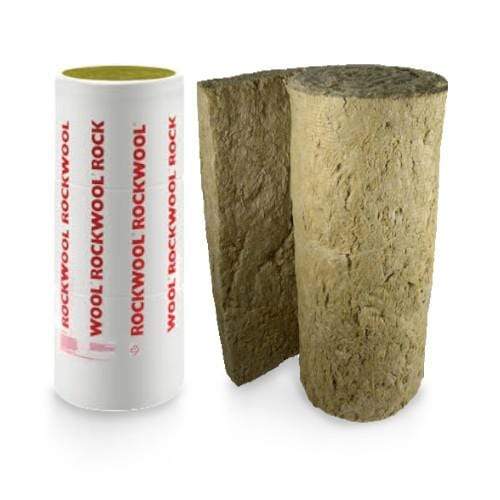Insulators play a crucial role in various industries, from construction and engineering to aerospace and energy. One fascinating aspect of insulators is their ability to trap air. In this article, we will delve into the science behind this phenomenon, exploring how insulators harness the power of trapped air to enhance thermal efficiency. Join us on this journey as we uncover the secrets of insulators and their remarkable impact on energy conservation and environmental sustainability.
- The Science of Insulation:
Insulation is the process of reducing heat transfer between objects or spaces. Insulators achieve this by creating a barrier that impedes the flow of heat. While there are various types of insulating materials, such as fiberglass, foam, and cellulose, one common characteristic they share is their ability to trap air. - Air as an Insulating Agent:
Air is an excellent insulator due to its low thermal conductivity. When air is trapped within an insulating material, it forms tiny pockets or cells that impede the transfer of heat. These pockets act as barriers, preventing the conduction and convection of heat energy. As a result, insulators effectively reduce heat loss or gain, depending on the desired outcome. - The Role of Air Pockets:
The presence of air pockets within insulating materials significantly enhances their thermal efficiency. These pockets create a series of barriers that obstruct the movement of heat. Moreover, the confined air within the insulator undergoes minimal mixing, reducing convective heat transfer. This property makes insulators with trapped air highly effective in maintaining stable temperatures and conserving energy. - Insulators in Construction:
Insulation plays a vital role in the construction industry, where it is used to regulate indoor temperatures, improve energy efficiency, and enhance occupant comfort. Insulating materials, such as fiberglass batts or spray foam, are strategically placed within walls, ceilings, and floors to create a thermal barrier. The trapped air within these materials acts as a buffer, preventing heat from escaping during winter or entering during summer. - Insulators in Energy Conservation:
Insulators are instrumental in energy conservation efforts across various sectors. In industrial settings, insulating pipes, tanks, and equipment prevents heat loss, reducing the energy required for heating or cooling processes. Similarly, insulating homes and buildings reduces the reliance on heating and cooling systems, resulting in significant energy savings and reduced carbon emissions. - Insulators in Aerospace and Engineering:
Insulation is critical in aerospace and engineering applications, where temperature control is paramount. Insulating materials with trapped air are used in spacecraft, aircraft, and high-performance vehicles to shield against extreme temperatures. By minimizing heat transfer, insulators help maintain stable conditions for sensitive equipment and ensure the safety and efficiency of operations. - Advancements in Insulation Technology:
Researchers and engineers are continually exploring innovative ways to enhance insulation technology. From aerogels with ultra-low thermal conductivity to phase-change materials that store and release heat, advancements in insulation materials are revolutionizing energy efficiency. These developments aim to maximize the potential of trapped air and further improve thermal insulation performance.
Conclusion:
Insulators are not mere barriers; they are powerful tools that harness the air-trapping phenomenon to enhance thermal efficiency. By understanding the science behind insulators and their ability to trap air, we can unlock their full potential in various industries. From construction and energy conservation to aerospace and engineering, insulators play a pivotal role in creating sustainable and energy-efficient solutions. Embracing the power of trapped air in insulation is a step towards a greener and more sustainable future.


